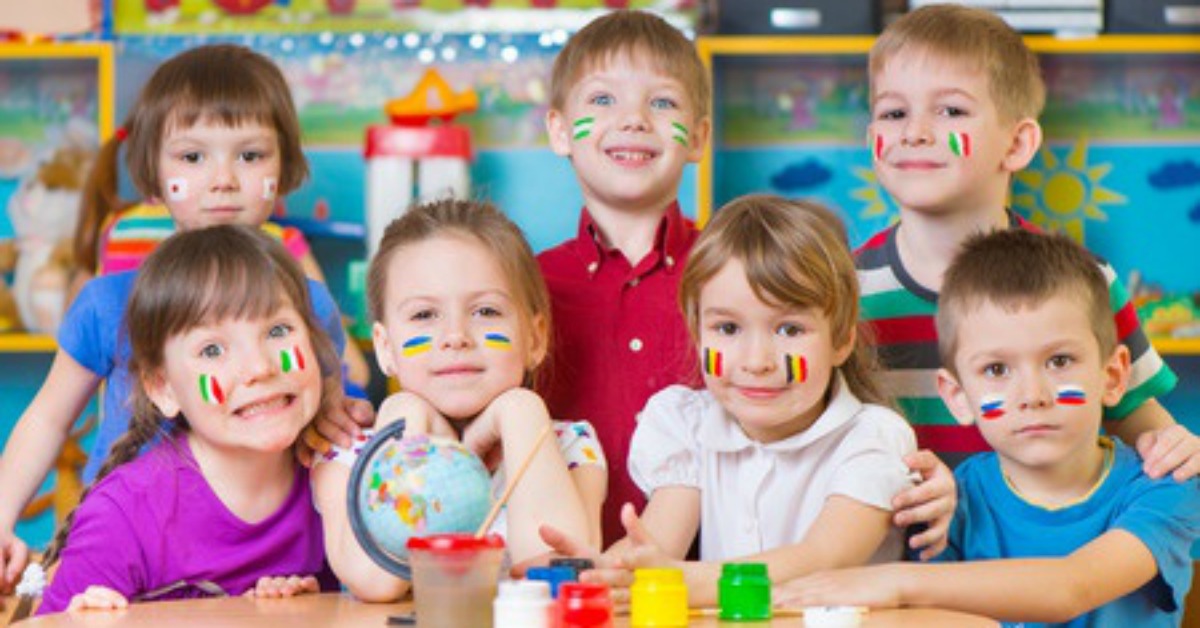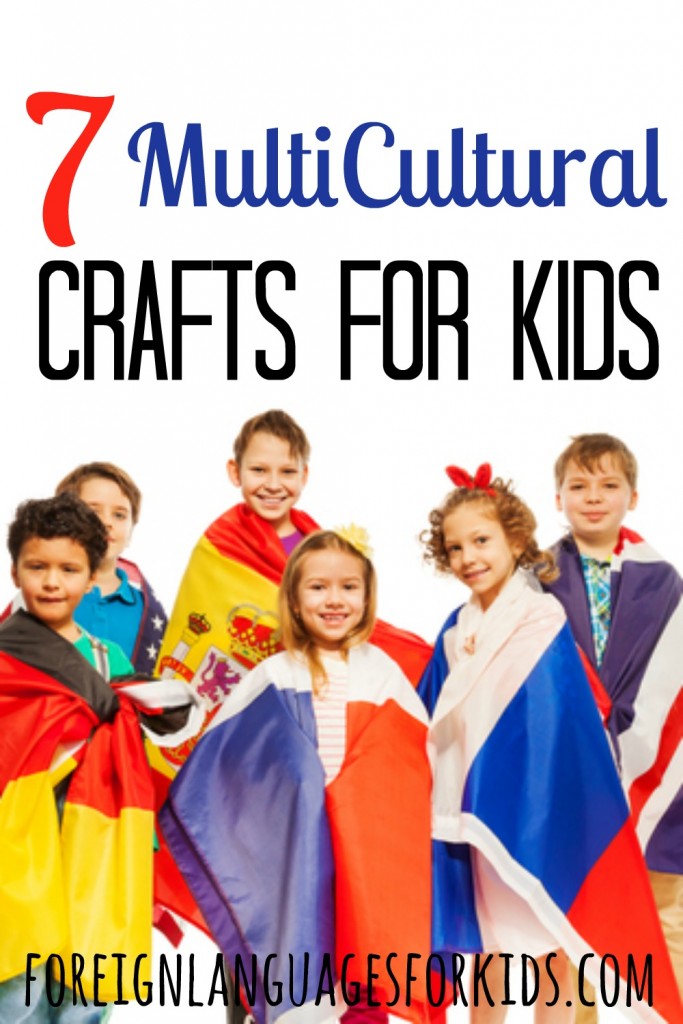Fun and quick 5-10 minute games that will teach your students to speak Spanish!
We’re back with our Game Time series and the next level of our Sticker Activity to help beginners learn Spanish! This week, your students will be learning the words “hermano” (brother), “hermana” (sister), “hermanos” (brothers), and “hermanas” (sisters), with the help of some fun stickers! This activity is very simple and can be used for large groups or for a single student.
If you haven’t played the first round, you’ll want to check that out first. If you’re ready to learn this next group of vocabulary words then let’s start!
Sticker Activity
Part 2
Learning objective
Students will learn and use two new Spanish words: “hermano” (brother), “hermana” (sister), “hermanos” (brothers), “hermanas” (sisters), and “tengo” (I have).
⏲ Time needed
< 10 minutes
✏️✂️ Materials needed
- Printed photos or drawings of the students’ siblings. If there are students who do not have any siblings, that’s okay! We will be gathering the students photos all together for the activity.
- For students who do not have siblings, have them bring a photo or drawing of just themselves for Step 4.
- Stickers or labels if you have them, or scotch tape and a pen
👩👧👦 Ages
For anyone who is game to play! Learning in a playful and different way helps everyone remember the Spanish vocabulary long-term. Ideally, your students will already know how to count to a few numbers in Spanish (only needed for the amount of siblings the student has).
Step 1
First, have your students gather their favorite photos (or drawings!) of their siblings. Make sure that there is a variety of photos of individual and group photos. As well as boys only, girls only, and a mix of both – as much of a variety as possible with the amount of siblings the students have. This is how we will practice each of the four vocabulary words.
Step 2
Create labels with a pen and some scotch tape, or use stickers if you have them. Create enough labels for each of the four vocabulary words: hermano, hermana, hermanos, hermanas.
Step 3
Have your students label each of their photos with the correct stickers or labels and say the word aloud, pointing to the photo as they do so.
Step 4
Have the students gather their own photos. The teacher will go around and ask each student how many siblings they have. The student will then hold up their photo or photos and reply with the correct answer below:
- “Tengo un hermano/una hermana” (I have one brother/sister)
- “Tengo tres hermanos y dos hermanas” (I have three brothers and two sisters) adjust to apply to a student who has multiple siblings.
- “No tengo hermanos/hermanas” (I don’t have any brothers/sisters)
The teacher can ask in English or Spanish. If you want to say it in Spanish, the question is “¿Cuantos hermanos tienes?”
Challenge: Try to say these vocabulary words and phrases 3 times today.
Let us know what you think of this challenge and if your students had fun playing it!
What other games or activities have your tried and are your favorites? Let us know by reaching out to info@fl4k.com!


